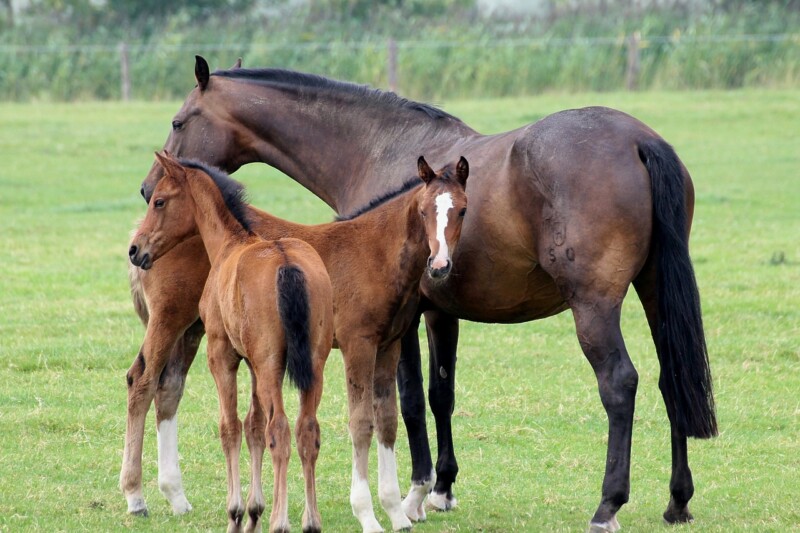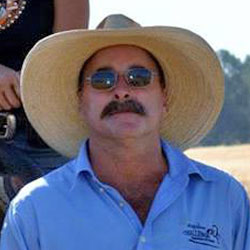Equine Challenge Supplements Feeding Guide | Mares & Foals
Equine Challenge Supplements Feeding Guide Mares & Foals. With foaling season well on it’s way, it is time to talk about the feeding of mares in foal, lactating mares, weanlings and yearlings where supplementation is concerned. As always, we at Equine Challenge ™ advocate the feeding of all horses as naturally as possible and to avoid byproduct waste as a food source and especially the feeding of any soy product such as soy hulls, dehulled soybeans, soy oil, soy powder and whole ground extruded soy beans to mares in foal, lactating mare, weanlings and yearlings.
It would seem that a large number of horse feed and supplement manufacturers will tout their Mare in Foal feed, Junior feeds, Growing Foals, Weanling and Yearling feeds and promote the use of soy product due to the protein content.

Yes, it is true that all the forementioned horses will naturally have a greater need of protein aka amino acids, be it mares in foal, lactating mares, weanlings or yearlings but soybeans would not be a good choice.
Please keep in mind that horses as well as humans generally do not burn protein for energy, it is not stored and what is not used daily is excreted. Protein is the most difficult to digest or to metabolically breakdown, therefore feeding excess protein is a stressful event.
Soy beans contain a very high level of Phytic Acid which is an anti-nutrient, which will make it very difficult to absorb zinc, copper, iron and manganese from the diet and it may even draw these minerals from the system. This is probably why manufacturers of horse feed products who use soy beans or soy hulls will add 2 to 3 different forms of zinc, copper, iron and manganese to their products….this seems fairly crazy IMO. I Challenge you to count the number of forms of these minerals on your feed tag….be it a proteinate, sulfate or oxide. If you read 2-3 different forms of these 4 minerals on your Feed tag of listed ingredients….you should ask yourself …Why? It will be due to the phytic acid content of the soybean hulls or the whole ground extruded soybeans. Which means the manufacturer is well aware of the anti-nutrient qualities of soybeans.
Soy also contains a very significant Trypsin Inhibitor. Trypsin is an enzyme which breaks down only two proteins or amino acids, Lysine and Arginine, both of which are Essential Amino Acids. These two proteins must come in the diet and Lysine is the most limiting of the amino acids. The last thing you want a growing horse to get is a Trypsin Inhibitor.
Soy will have a negative Thyroid and Pancreatic affect. Once again, nothing you want a growing horse to eat or mare in foal to eat. The thyroid gland is the Master gland and will set the tone of your horse’s metabolism. The pancreas produces insulin which will regulate the blood sugar levels and also produces digestive enzymes. As you can see, a great deal of organ synergy will be unnecessarily stressed by feeding soybeans…..Just say…NO!
To get the added protein, feed Milled Flax Seed, which is very similar in protein content of soybeans without the negative metabolic stress and anti-nutrient qualities. I encourage you to visit the attached link and read about the protein content of Milled Flax Seed compared to the soybean protein content. You decide which is better for your mares in foal, lactating mares, weanlings or yearlings.
Feeding Lactating Mares, Mares in Foal, Weanlings & Yearlings
Mares in the 3rd Trimester thru weaning should be getting 4 oz/daily of the appropriate Equine Challenge™ forage formula split between am and pm. Weanlings should be getting at least 2 oz/daily and yearlings at least 3 oz daily, split between the am and pm feedings. Add extra Equine Challenge Milled Flax Seed in the am and pm feeding for the growing weanlings and yearlings…up to 4 oz/daily split between am and pm.
Some will recommend the feeding of some alfalfa when providing more protein, calcium. lysine and calories for mares in foal, lactating mares, weanlings and yearlings…it is a question of how much? Feeding a grass forage with a bit of alfalfa included in that bale is acceptable. IMO, 10% alfalfa in the bale would not be a bad idea. I think that 25% is too high but that is my bias, I am not a real fan of feeding alfalfa to horses.
Alfalfa is high in proteins, calcium, calories and extremely high in potassium. The horse wants a 2 to 1 ratio of calcium to phosphorus. Alfalfa is generally a 5 to 1 ratio of calcium to phosphorus so it becomes an educated guess when attempting to decide what is the right level of alfalfa to feed your mares in foal, lactating mares, weanlings and yearlings.
It is also a good thing to realize that mares in foal and lactating mares overall systems are drawn down quickly so complete nutrition is Key especially if you plan on covering that mare in the following year. If that is the plan, it is recommended to keep that mare on 4 oz daily of Equine Challenge in the am and pm feeding.
Thriving mares produce thriving foals…the mare can only provide metabolically what is available in her feed. More times than not, mares do not appear to be thriving especially after the foal is weaned unless the horse owner is keen to the idea of equine stewardship.
Remember each horse is an individual and you should use your discernment in this regard based on the breed, conditions, activity, or lack of activity or movement and such.
In closing, avoid the “hollow calories” of byproduct waste marketed to the horse owner. Our Noble horses are more deserving than our byproduct waste for their food.

